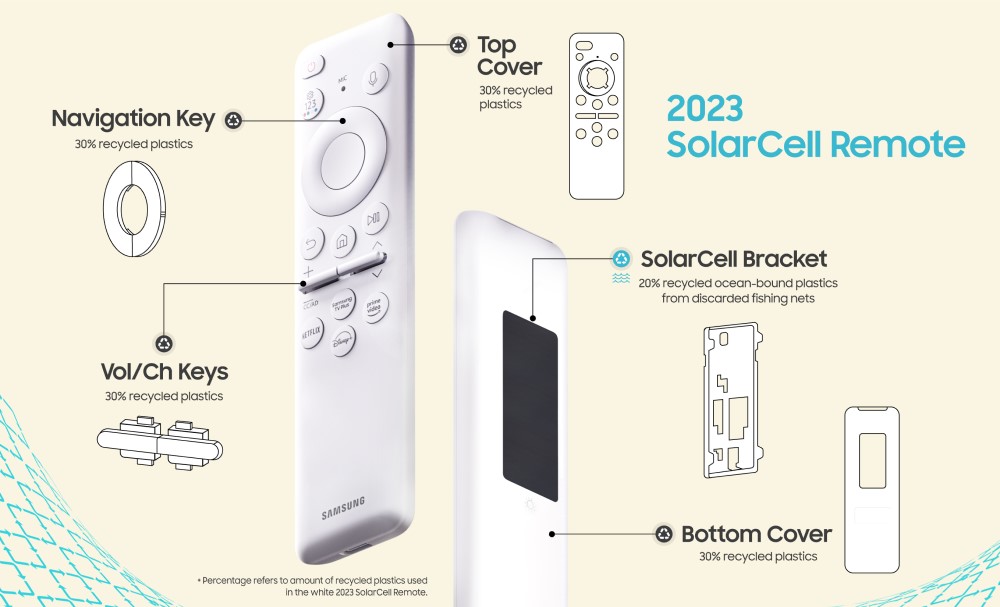Smaller, Lighter SolarCell Remote Advances Samsung’s Environmental Strategy
In 2022, Samsung Electronics announced its environmental strategy to achieve scope 1 and 2 net zero carbon emissions by 2050.
As part of these sustainability efforts, Samsung has expanded the use of recycled materials in plastic parts for its products. By 2030, Samsung aims to incorporate recycled materials into 50% of its plastic parts and by 2050, aims to include recycled plastic in all of its plastic parts.
Samsung’s SolarCell Remote exemplifies Samsung’s commitment to the environment, and Samsung Newsroom is exploring how this third-generation eco-conscious product has progressed since its initial release in 2021, with perspectives from JongKeun Lee of H/W Platform Lab and HyunJoo Kim of Mecha Solution Lab.
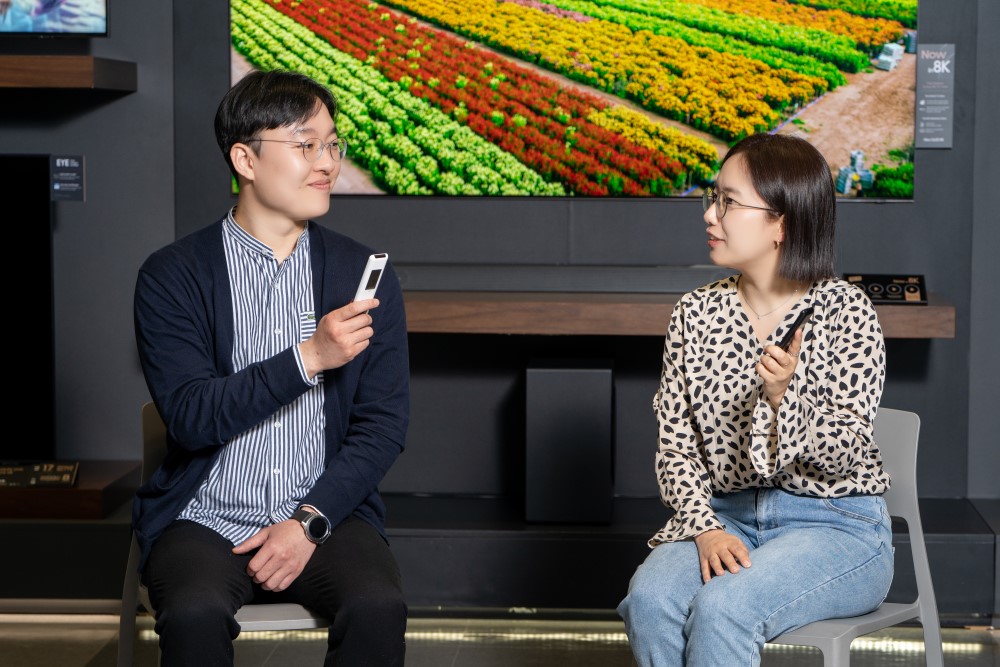
Eliminating the Need for Disposable Batteries
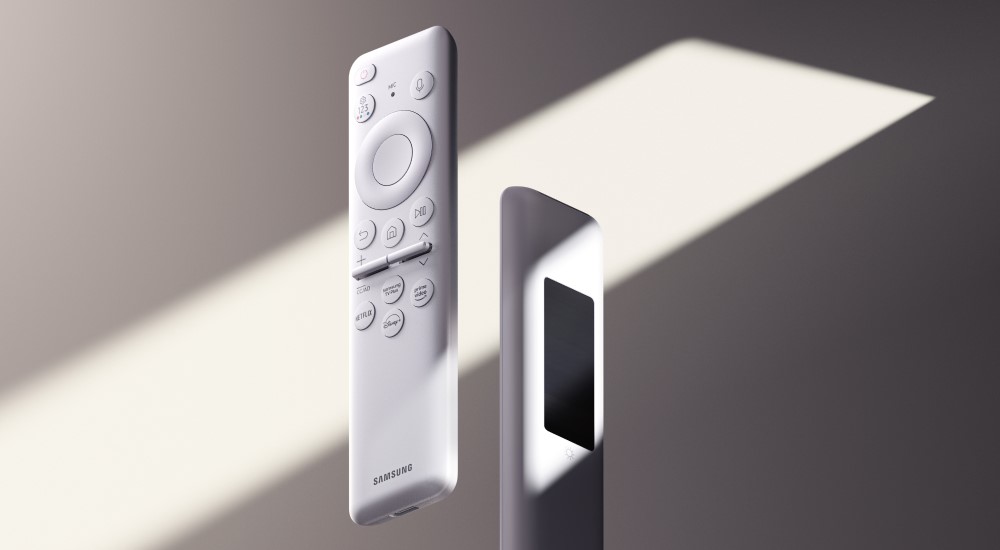
Samsung Electronics developed the SolarCell Remote to combat the environmental impact of discarding used batteries. It is the industry’s first rechargeable remote control with a solar panel (solar cell) that can be charged by sunlight or indoor lighting. The remote can also be charged with a USB-C cable so consumers have many ways to charge their remote.
“By eliminating the need for disposable batteries, not only are fewer resources consumed but carbon emissions are lowered by manufacturing fewer batteries over time” said JongKeun Lee from Samsung’s H/W Platform Lab.
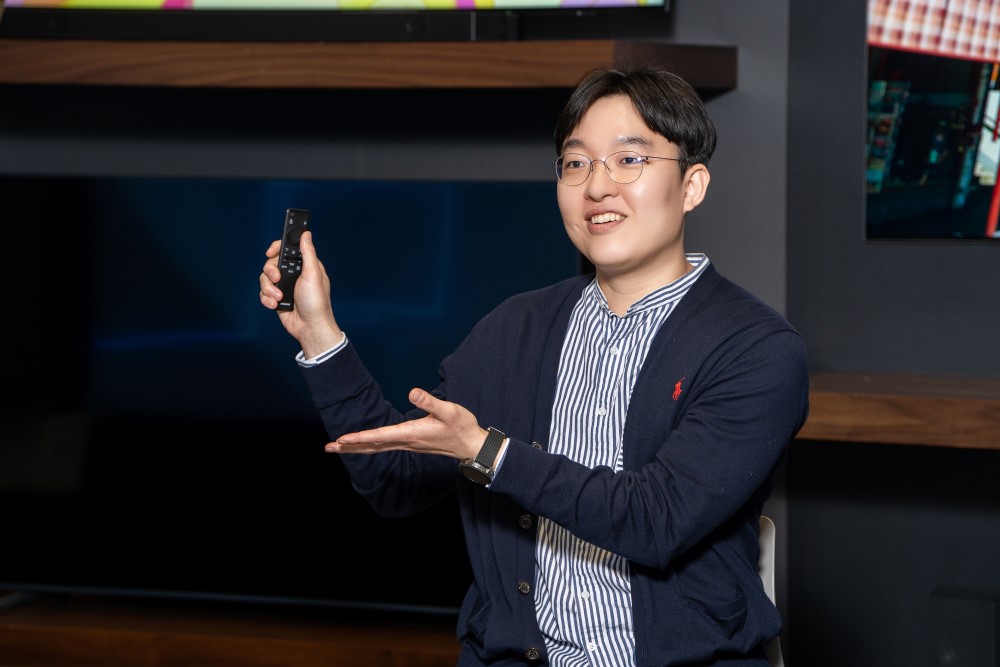
Another remarkable feature is its low power consumption. The SolarCell Remote was designed to run on about 10% of the power that typical remote controls use. “Samsung made significant progress by drastically eliminating unnecessary outputs and operations, contributing to great energy savings,” Lee added.
The SolarCell Remote Recycles More Than 55 Tons of Waste
Twenty-four percent of the plastics used in the SolarCell Remote come from recycled materials. This means more than 55 metric tons of waste are recycled for the annual production of 10 million SolarCell Remotes.
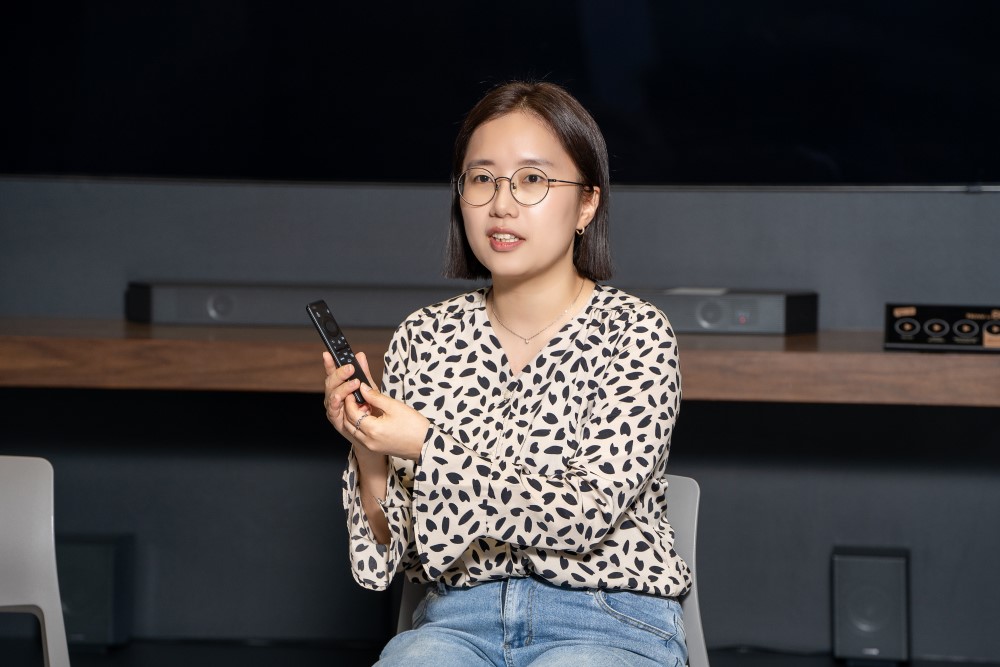
This was no simple undertaking. It takes time and effort to develop and apply alternative materials made from recycled waste in a meaningful way.
“With growing concerns about ocean waste, we looked carefully into many solutions. We chose to use 20% of recycled plastics from discarded fishing nets in the 2023 SolarCell Remote brackets,” said HyunJoo Kim from Mecha Solution Lab. “Going forward, we aim to foster the use of these resources and utilize recycled plastics more aggressively.”
Recommended News
“This year, we started using recycled plastics from discarded fishing nets. While they are costly and difficult to process, the end result is a higher quality of materials which contribute to our mission of everyday sustainability,” Kim added. “The process is quite extensive, from sorting out the waste to cleaning, removing toxic substances and improving material properties.”
All of Samsung’s 2023 Lifestyle TVs are equipped with the 2023 SolarCell Remote. Samsung’s goal is to integrate more eco-conscious products and processes into a wider range of models across regions and empower consumers to live a more sustainable lifestyle.
In addition, Samsung decreased the size of the SolarCell Remote by 22% in its latest iteration. This means that the remote control uses less plastic while enhancing the product’s usability.
“As the SolarCell Remote became smaller, manufacturing uses less plastic and it became an ideal size for consumers’ hands, making it a better product all around,” Lee explained.
Pursuing an Eco-Conscious Strategy With a Streamlined Approach
So, what are Samsung’s next steps to enhance sustainability of the SolarCell Remote?
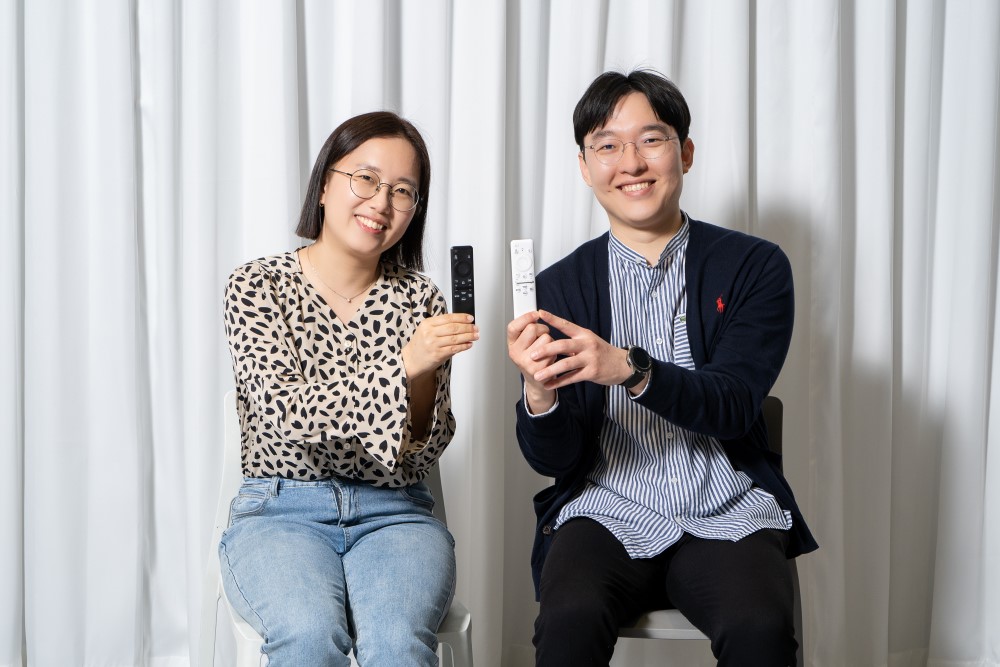
“We are continuing to move in the direction of light, thin and small to keep the use of plastic low,” Kim said.
“We are dedicated to creating a user-friendly remote control that consumes fewer resources and less energy,” Lee said. “Samsung’s ultimate goal is to empower users to control products with minimal effort while reducing the use of materials and energy. This could mean one day we get rid of the remote control entirely. The SolarCell Remote is a bold step in the direction of everyday sustainability and we can’t wait to show everyone what’s next.”
The ambitious journey of the SolarCell Remote to contribute to a more eco-conscious lifestyle is just beginning.
The post Smaller, Lighter SolarCell Remote Advances Samsung’s Environmental Strategy appeared first on Samsung US Newsroom.
:
